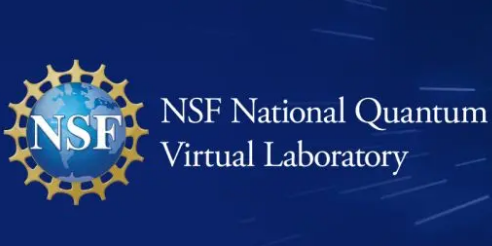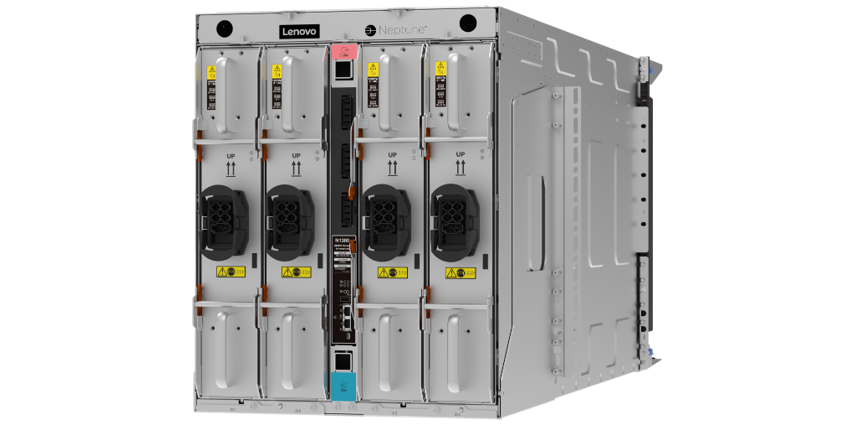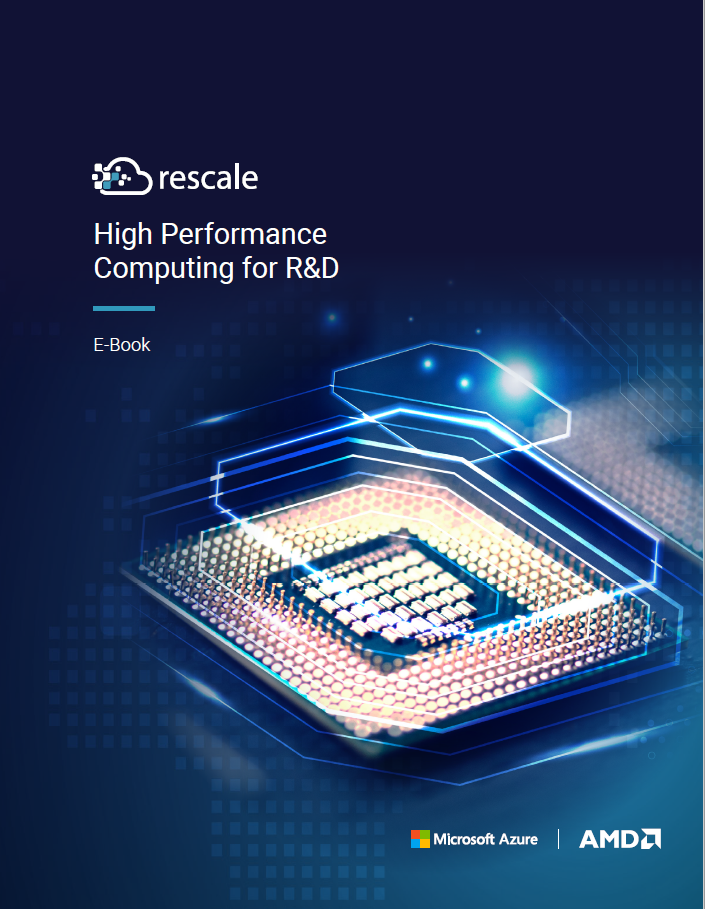Dec. 16, 2024 — The U.S. National Science Foundation has launched six pilot projects “to bridge scientific gaps between current quantum technological capabilities and those needed to fully harness quantum properties of energy and matter for practical uses,” the NSF said.
Click HERE to learn more.
The six projects join five others that the agency announced in August. Collectively, they are supported by the NSF National Quantum Virtual Laboratory (NSF NQVL) initiative, an ambitious effort to accelerate the development of quantum technologies by providing researchers anywhere in the U.S. with access to specialized resources.
Each pilot project will receive $1 million over 12 months to create real-world testing environments that can further the progress of quantum-related technologies. The projects will explore novel methods to provide distributed access to tools needed for creating functional technologies that exploit quantum phenomena such as entanglement (when certain properties of particles are linked even when the particles are separated by large distances).
The six new NQVL pilot projects are:
Quantum Blueprint: Optimizing Analog Pathways in Diverse Scientific Realms (Q-BLUE)
Led by Iowa State University in collaboration with Indiana University and IonQ Inc., the team seeks to advance quantum simulations through the development of analog quantum hardware and multiple techniques with applications in quantum chemistry, condensed matter physics and nuclear physics. Each application is aimed at using the untapped capacity of quantum computing to manage the exponential complexities inherent in quantum systems.
Attosecond Synchronized Photonic Entanglement Network (ASPEN-Net)
Led by the University of Oregon in collaboration with the University of New Orleans, the University of North Dakota, the University of Illinois Urbana-Champaign, the University of Colorado Boulder, the National Institute of Standards and Technology, HRL Laboratories and Boeing, the team aims to build a high-performance 16-node quantum networking testbed capable of distributing entanglement at rates more than five orders of magnitude greater than current approaches and over distances of up to 100 kilometers. The network will help enable development of new secure quantum communications protocols and new types of distributed quantum sensors and computers.
Erasure Qubits and Dynamic Circuits for Quantum Advantage (ERASE)
Led by Yale University in collaboration with Virginia Polytechnic Institute, the University of Maryland, Princeton University, North Carolina Agricultural and Technical State University, RTX Technology Research Center, Quantum Circuits Inc., NVIDIA, Quantinuum, JP Morgan Chase & Co. and Amazon Web Services, the team seeks to develop a quantum computing platform that will help produce the error detection and correction required to achieve practical quantum computing. Researchers will have access to advanced tools for developing new algorithms, improving software systems and experimenting with quantum error correction.
Accelerating Fault-Tolerant Quantum Logic (FTL)
Led by the University of California Los Angeles in collaboration with the University of California, Berkeley; the University of California, San Diego; Cornell University; the University of Maryland and Quantinuum LLC, the team aims to create a 60 logical qubit quantum computer capable of achieving a low error rate. The device will incorporate advances across quantum hardware, software, architecture and systems engineering.
Distributed-Entanglement Quantum Sensing of Chemical Properties (DQS-CP)
Led by The Ohio State University in collaboration with the University of Iowa, University of Chicago, Massachusetts Institute of Technology and Merck Sharp & Dohme LLC, the team will focus on exploiting the entanglement of multi-qubit systems in the measurement of properties of molecular and solid-state systems. The approach may achieve “quantum advantage,” or the demonstration that quantum computers can solve problems that can’t feasibly be solved with the best classical, non-quantum technology.
Quantum Photonic Integration and Deployment (QuPID)
Led by the University of Michigan in collaboration with Stanford University, Harvard University, Michigan State University, The Ohio State University, the University of Arizona, the University of Southern California, Honeywell, MONSTR Sense Technologies and TOPTICA Photonics, the team will work to enable quantum-based spectroscopic measurements for real-world applications. The effort includes creating quantum photonic integrated circuits required for high-precision measurements in multiple industries, from microelectronics to healthcare.
“Similar to the nature of entanglement itself, NSF is building the National Quantum Virtual Laboratory to serve as a national resource unconfined by the limitations of distance and space — or the boundaries of laboratory walls,” said NSF Director Sethuraman Panchanathan.




